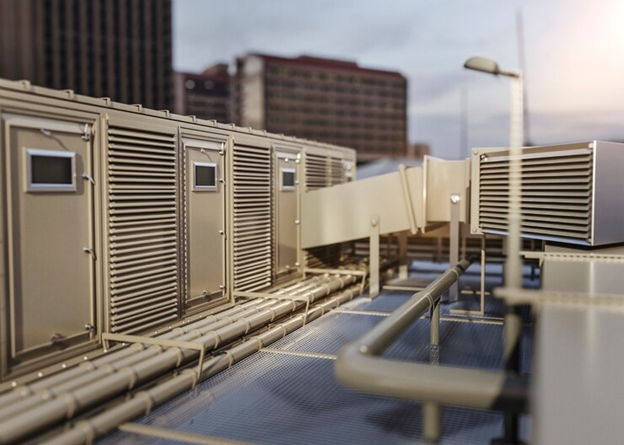5 rules of Bauhaus Furniture you didn’t know

The Bauhaus School of Art and Design was first conceived and opened by German architect Walter Gropius in 1919. It was the start of a bold modernist movement that became one of the most followed school of thoughts in the twentieth century. Even today, the Bauhaus movement is studied and revered by architects and furniture designers alike.
While the Bauhaus movement started through architectural studies, it quickly spread to almost all walks of life – especially furniture design. The furniture designed during this movement is still some of the most amazing one that you’ll ever find. Timeless, classic, and iconic, these pieces remain ideal prototypes even today. So further, we’ll take a look at 5 rules of Bauhaus furniture that you never knew:
- Form follows function

This is one of the most debatable and effervescent statements to have been coined in any school of thought, but the Bauhaus movement owned it. Bauhaus furniture design articulates the form according to the function of a piece. Every chair designed under this movement prioritizes the functional aspects of the design more than the physical shape and aesthetic. Take the Brno chair or the Barcelona chairs as an example – both exemplify the functional aspects first and foremost.
- Linear & Geometric forms

There are no curves or other organic or abstract forms featured in any Bauhaus furniture. The emphasis always lies in clean, crisp, and clear lines. Vertical and horizontal linear shapes and simple geometric forms are the face of the movement, so that’s exactly what the furniture represents.
- Simplicity at its best

At its core, the Bauhaus movement is a radical modernist movement, and what does modernity entail? Simplicity at its best. So that’s exactly what every Bauhaus furniture piece represents. The clean articulation of every piece is done in a way that emphasizes simplicity and straightforwardness. There are zero embellishments, and as always, function is always prioritized.
- Highlighting the true nature of materials

Bauhaus furniture was all about maintaining the true characteristics of the materials. This means, no hiding, no painting over, or anything else that would destroy the natural aesthetic of a material used in a certain piece of furniture. The Wassily chair is a great example of such Bauhaus furniture. It retains the true form of its chrome plated tubular structure as well as the fabric of seat.
- Art and technology as one

Bauhaus furniture was aimed to unify the concepts of art and technology. The twentieth century was the hub of industrialization, so new materials and technology were always at the forefront for designers to experiment with. The Brno chair is quite a cohesive articulation of this theme. Its cantilever design is the pinnacle of technological and material advancement at the time, while its artfully simple form serves as a yardstick against which many modern furniture pieces are measured to this day.
So these are some common ideologies that every Bauhaus furniture piece has in common. They’re the manifestos of the whole movement and can be easily found in every furniture piece categorized under it.








